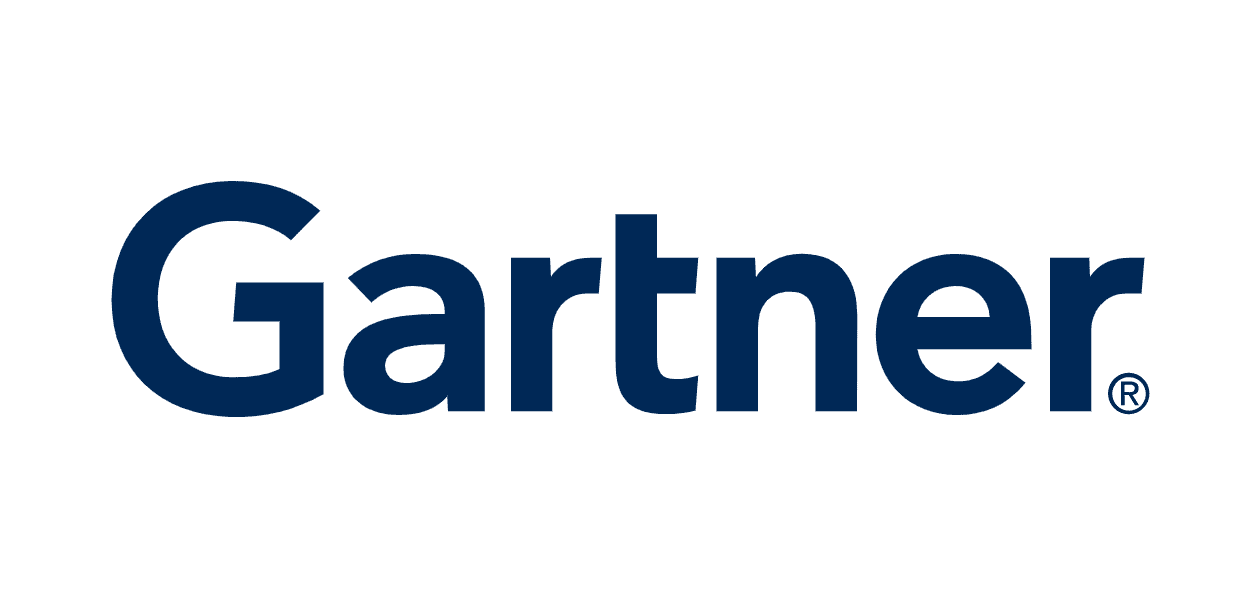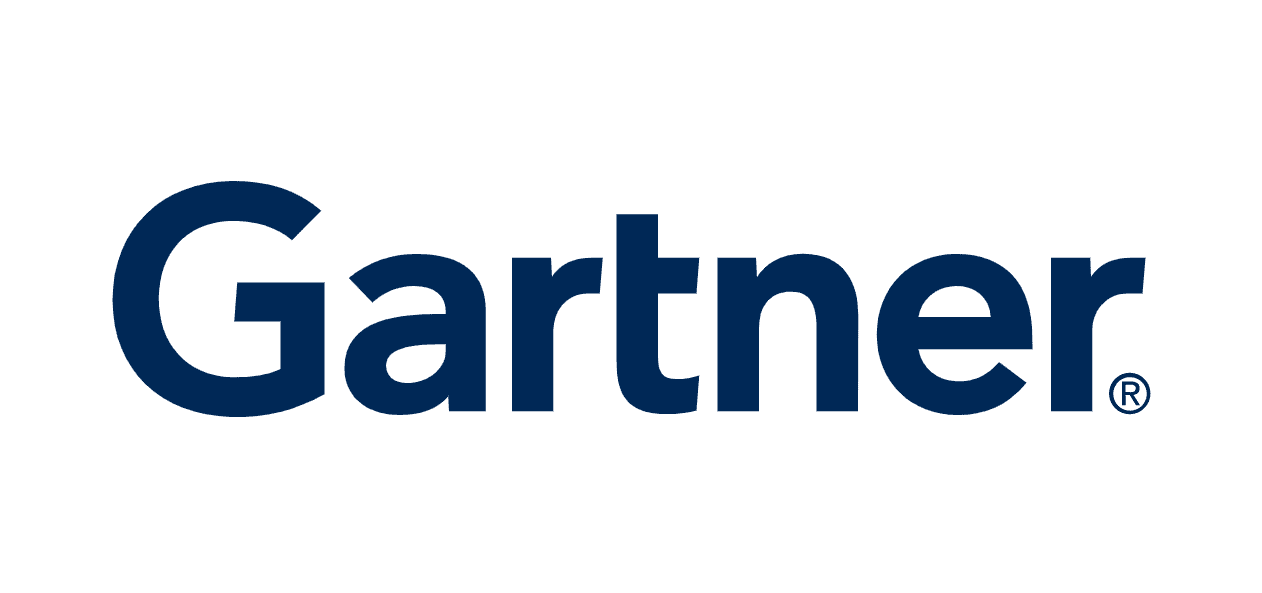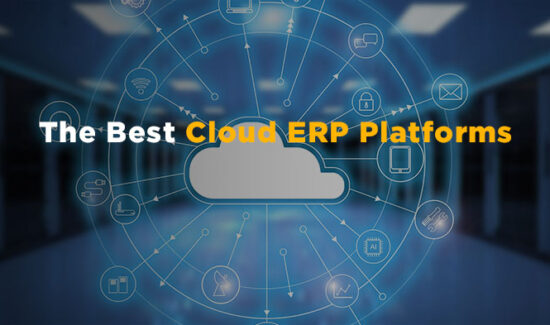What’s Changed: 2020 Gartner Magic Quadrant for Cloud Core Financial Management Suites for Midsize, Large, and Global Enterprises


Source: Gartner
Analyst house Gartner, Inc. recently released the 2020 version of its Magic Quadrant for Cloud Core Financial Management Suites for Midsize, Large, and Global Enterprises. According to Gartner’s report, most cloud core financial management solutions have equal or greater functional capabilities than on-premises counterparts and offer industry-specific best-practice solutions capable of delivering standardized and predictable business processes. The market will continue to evolve over the coming years, and business disruption caused by the COVID-19 pandemic will accelerate the rate at which companies implement this kind of technology.
This year’s report emphasizes the fact that finance organizations are increasingly shifting to cloud core financial management suites, with continued double-digit growth in the market. Attractions of the solutions in this market include: the ability to keep up to date with new releases; a more consumerlike interface that eases training and onboarding; improved agility; more emphasis on end-users managing the applications; tighter integration with FP&A, and much more. Application leaders can use this research to identify vendors of cloud solutions to help them compete in rapidly evolving digital business environments.
Public cloud SaaS solutions that support Financial Management Suites (FMS) have matured to where they are viable for midsize and large enterprises. Many have begun to embrace public cloud SaaS FMS at the divisional level, and Gartner expects adoption to grow in the next year or two as on-premises deployments reach the end of their usefulness. Adoption is expected to be led by North America, followed by Western Europe and then Asia/Pacific.
Widget not in any sidebars
In this Magic Quadrant, Gartner evaluates the strengths and weaknesses of 7 providers that it considers the most significant in the marketplace and provides readers with a graph plotting the vendors based on their ability to execute and their completeness of vision. The graph is divided into four quadrants: niche players, challengers, visionaries, and leaders. At Solutions Review, we’ve read the report, available here, and pulled out the key takeaways.
Gartner adjusts its evaluation and inclusion criteria for Magic Quadrants as markets evolve. No vendors were added to this year’s report, while Acumatica, Ramco, and Unit4 have been dropped.
Oracle ERP Cloud tops this year’s Leaders quadrant with its mature enterprise solution. This vendor offers strong global language, currency, and regulatory support, and has a large portfolio of customers across a wide range of industries. Customers also cite its integration with Oracle’s human capital management, project portfolio management, and enterprise performance management cloud solutions as a significant plus. Workday maintains its position as a Leader, receiving high scores for customer satisfaction and service and support. A significant majority of customers indicated that their support and maintenance costs decreased after deploying Workday’s solution. This vendor also placed in the highest quartile for product capabilities in addition to value delivered for money spent.
Oracle NetSuite is proven and established in targeting the lower midmarket, with customers praising its ability to scale with their organizations’ evolving requirements. It received high scores in evaluation/contract negotiation, deployment and integration, and service and support. Gartner also views NetSuite as a vendor with strong and comprehensive financial management functionality, scoring in the top quartile for financial management product functionality.
This year’s report had no Challengers, but SAP dominated the Visionaries quadrant. This vendor offers strong native treasury and cash management capabilities and prebuilt, out-of-the-box SAC planning content for core financials. Customers also praise the attractiveness of S/4HANA Cloud’s tiled UI and the ease of building extensions and custom views. Sage Intacct offers a scalable solution with good flexibility and functionality in terms of GL and analytics. This vendor excelled in its customer scores for overall satisfaction, which is underpinned by its ability to be deployed and utilized very quickly.
Microsoft offers a broad core financial management solution for midmarket and large organizations. It offers deep functionality, strong flexibility, and extensibility features. The solution makes innovative use of technology for analytics, with embedded Power BI and impressive analysis capabilities. Reference customers cited above-average vendor responsiveness and service and support, emphasizing access to Microsoft’s FastTrack team and Dynamics 365 developers as a big positive.
FinancialForce is this year’s lone Niche Player, being optimized for project-centric organizations that utilize its professional services automation. Gartner has noted continued progress in global penetration, with more reference customers citing implementations outside of the U.S., including in Asia/Pacific and EMEA. Reference customer scores showed significant improvement from last year, particularly in scores attributed to evaluation and contract negotiations, service and support, and product value for money spent.
Looking for more? Download our Enterprise Resource Planning Buyers Guide for free to compare the top-24 products available on the market with full page vendor profiles, key capabilities, an ERP software market overview, our bottom-line analysis, and questions for prospective buyers.
And don’t forget to follow us on Twitter, Facebook and LinkedIn for all the latest in the ERP space!

























